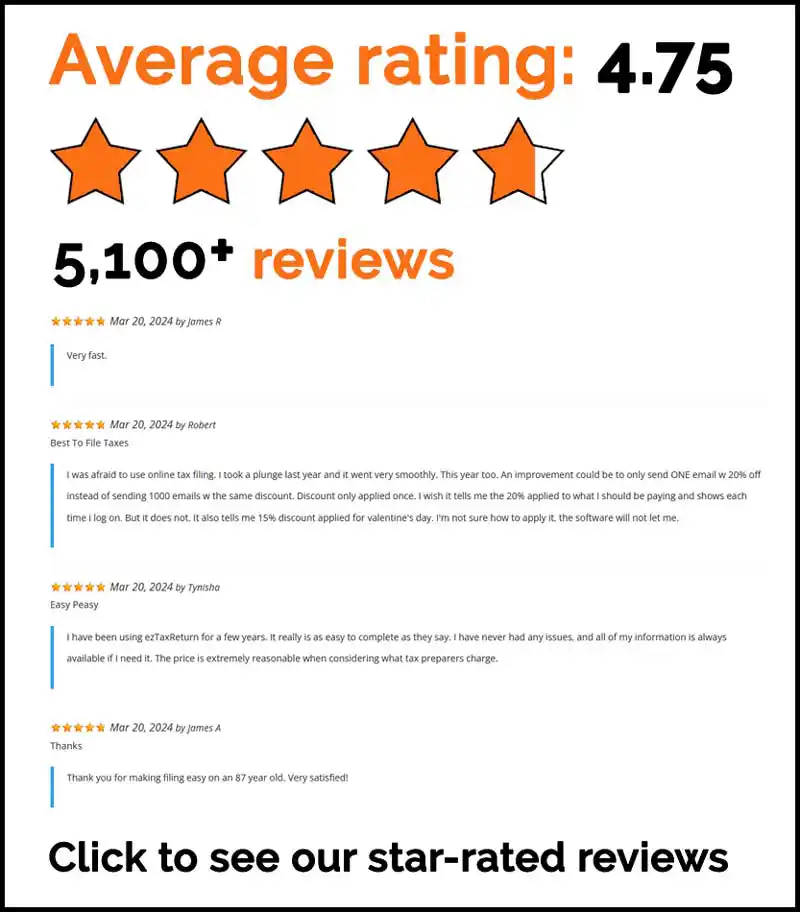The information in this article is up to date for tax year 2024 (returns filed in 2025).
Today, content is everywhere. And behind every piece of content is a creator. Sometimes this is a corporate brand, but increasingly digital content is produced and distributed by individual influencers—and many of them are getting paid for it.
No longer a niche market, today the creator economy is a booming industry that could reach $480 billion by 2027. The creator economy encompasses a wide range of digital influencers and creatives across platforms like YouTube, Instagram, and TikTok who earn money through their online content and followers. Content marketing plays a crucial role in establishing expertise and niche skills, which are essential for career advancement in this rapidly growing field.
Unlike traditional 9-5 jobs with a regular paycheck and W-2, content creators are independent contractors and freelance businesses in their own rights. This means different considerations for calculating and filing taxes.
If you’re new to the creator market, these tax tips for content creators will help you navigate taxes successfully and put more money in your pocket come tax day.
Use the Right Tax Filing Forms
Content creators will typically be considered self-employed, which requires different tax forms for income reporting and tax filing:
- Form 1099-NEC: Businesses issue 1099s to nonemployees (e.g., content creators) they have paid at least $600, reporting the total nonemployee compensation for that tax year.
- Schedule C (Form 1040): Schedule C, Profit or Loss From Business (Sole Proprietorship), is where freelancers and business owners report how much money they made or lost in their business and determines what portion of that income is taxable.
As a content creator, you should receive a Form 1099-NEC from any businesses you contract with that paid you $600 or more, reporting the amount of income paid to you during that tax year.
However, even if you don’t receive a 1099 (for instance, if you earned less than $600 from a client), you will still need to report any business income earned on your Schedule C (Form 1040).
Pro Tip: You should receive your 1099-NEC(s) by January 31. If you are missing a 1099 from a client, reach out to them to request they mail a new one or issue one digitally for your tax files.
Keep Good Records
Content creators and other freelancers usually have multiple streams of income. This can make filing taxes more complex. A well-thought-out content strategy is essential for managing these complexities and establishing a strong online presence. Save yourself time and headaches by keeping careful records of your various income streams, including contracts, invoices, business expense receipts, etc.
These will be important for not only tracking all your taxable and nontaxable income, but also tallying business expenses that may be deductible. Understanding your target audience can also help tailor your content effectively, ensuring it resonates with viewers and serves specific brand purposes.
Taxable income for content creators will generally include any income received for business activities such as:
- Sponsored content
- Affiliate marketing
- Product sales
- Follower subscriptions
Claim Applicable Business Write Offs
Independent content creators are essentially running their own businesses. While this can come with some hefty self-employment taxes, it also means you can take advantage of additional business-related write offs and tax deductions. Incorporating effective marketing strategies can further enhance your business operations and online presence.
Here are just a few business expenses you may be able to deduct to lower your tax bill:
- Equipment used for your business activities (e.g., computer, video camera, ring lights, audio equipment etc.)
- Marketing expenses including website domain fees, paid ads, and even subscriptions to professional tools like LinkedIn.
- Office supplies like printer ink, pens, notepads, etc.
- Software and subscriptions, such as Adobe Creator Cloud, Canva, etc.
- Professional development expenditures, including conferences, webinars, classes, etc.
- Internet and mobile phone bills (or a proportion of those expenses).
- Furniture, appliances, and office rent.
If you work from home and have a dedicated work space, you may be able to claim the home office tax deduction, which not only includes deductions for your office, but other property expenses such as your mortgage interest, insurance and utilities.
Additionally, if you travel for work you can also write off expenses for transportation, meals, and accommodations, including gas and mileage if you use your own vehicle.*
*You can’t deduct expenses for any personal use of your vehicle, just the portions used specifically for business.
As you can see, there are many opportunities to write off business expenses—that’s why it’s important to keep detailed records of your income and expenditures so you can claim (and verify) all applicable write-offs come tax time. Cultivating a strong personal brand can also help you achieve your business goals and improve engagement metrics.
Don’t Forget Self-Employment Taxes
Even if you don’t owe federal income taxes, you are still required to pay self-employment taxes to cover Social Security and Medicare contributions. Self-employment (or payroll) taxes, also known as FICA taxes (Federal Insurance Contributions Act), total 15.3% of your gross wages or income.
As a W-2 employee, you would only be liable for half of the tax, while your employer would pay the other half. As a self-employed content creator, you are required to pay the full tax yourself. However, you can apply the self-employment deduction to deduct the employer-equivalent portion of the self-employment tax.
Stay On Top of Quarterly Payments
If you’ve worked as an employee with a W-2 before, you probably only think about paying taxes come April. But as a content creator, you will be taxed as a business. This means you’ll need to pay taxes regularly throughout the year. These are called quarterly estimated payments.
To pay your quarterly estimated payments, you will estimate the taxes you will owe (based on your predicted income for the upcoming year) and divide by four. If your tax liability was less than $1,000 the prior year, you will not be required to make quarterly payments.
Estimated tax deadlines are
- January 15
- April 15
- June 16
- September 15
Failure to pay on time can result in tax penalties, so be sure to add these dates to your calendar.
Think About Retirement
As a content creator, it’s essential to think about your retirement and benefits. You may not have access to traditional employer-sponsored retirement plans, but there are still ways to save for retirement. For example, you can consider contributing to a SEP-IRA or a solo 401(k) plan. These plans allow you to save for retirement and reduce your taxable income.
You may also want to consider investing in a health savings account (HSA) or a flexible spending account (FSA). These accounts allow you to set aside pre-tax dollars for medical expenses, which can help reduce your taxable income.
Whether you create content full-time or it remains a side hustle, taxes for content creators can be overwhelming—especially if you’re new to it. But with these tax tips for content creators and a little help from trusted professionals like those at ezTaxReturn, you can be sure to get the biggest refund possible.
File with ezTaxReturn today.
The articles and content published on this blog are provided for informational purposes only. The information presented is not intended to be, and should not be taken as, legal, financial, or professional advice. Readers are advised to seek appropriate professional guidance and conduct their own due diligence before making any decisions based on the information provided.




